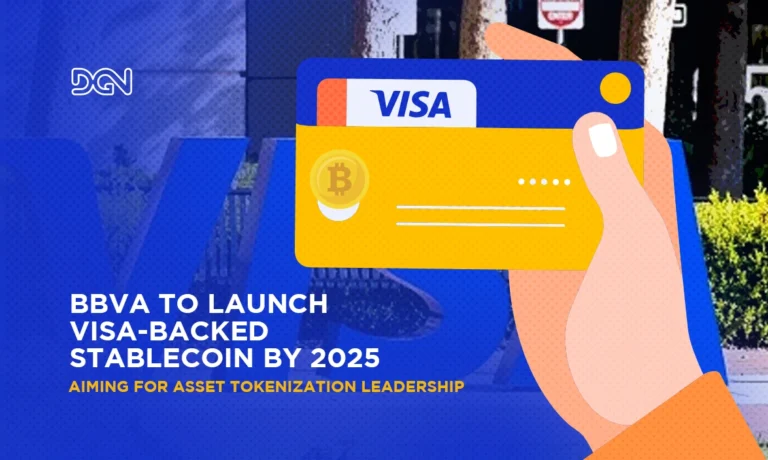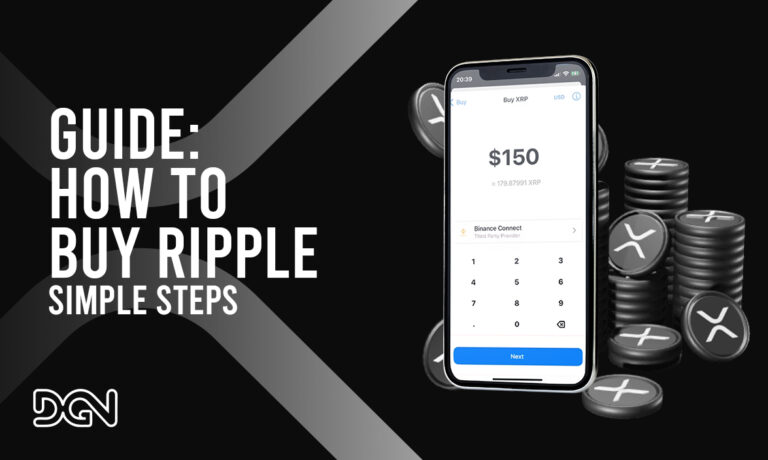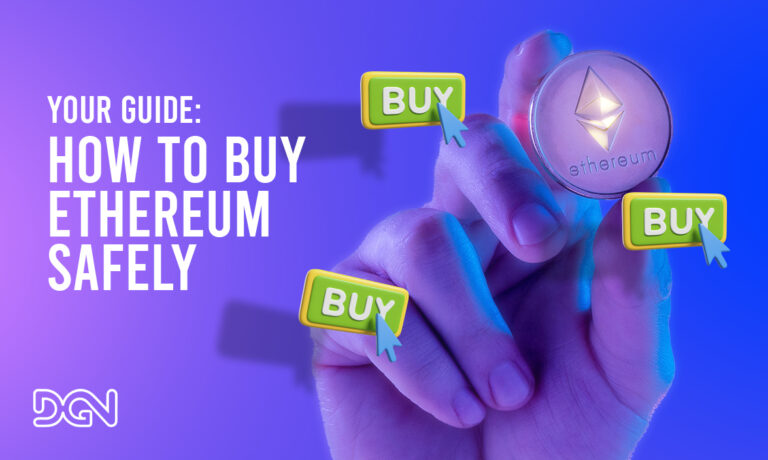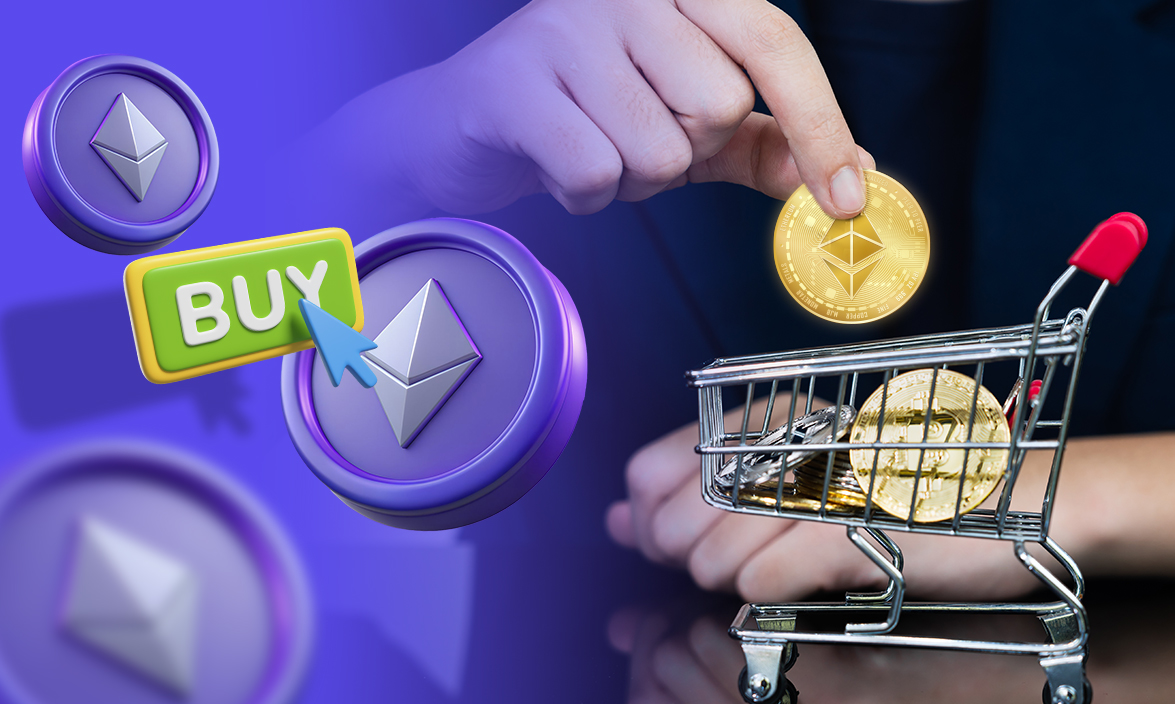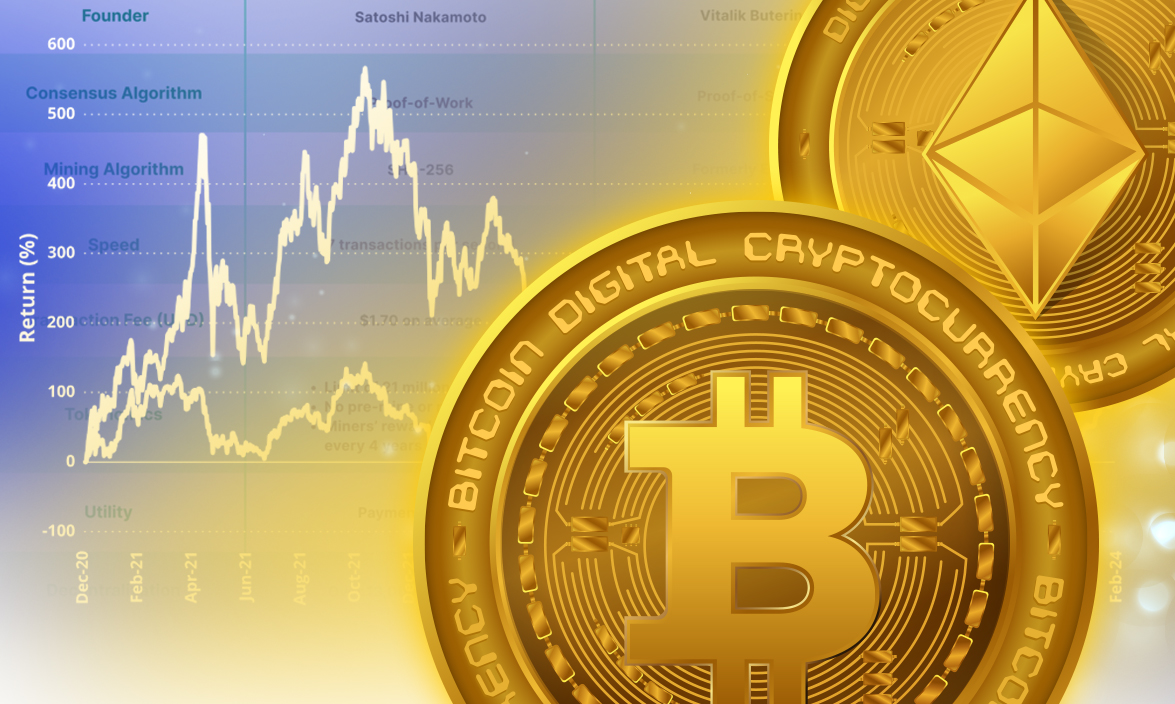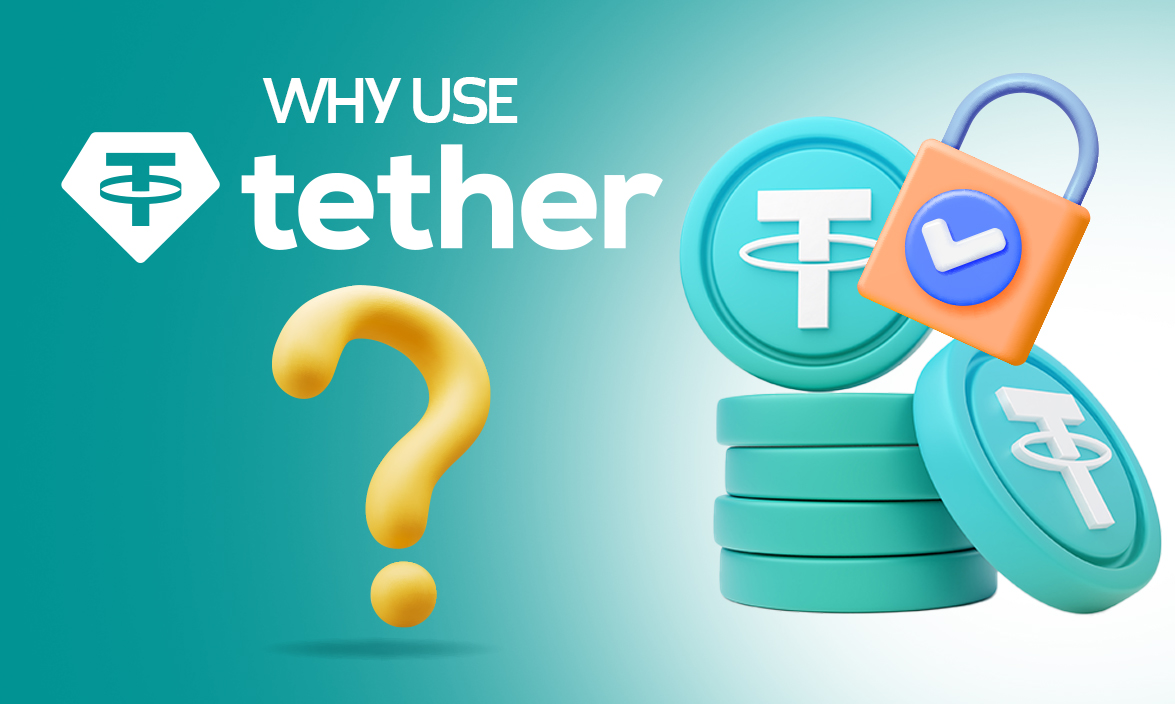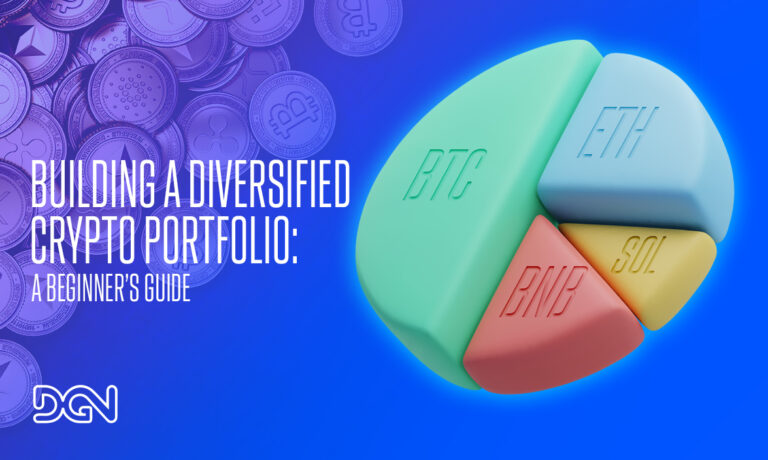Ripple (XRP) has become one of the most well-known cryptocurrencies in the digital finance world, attracting attention for its ability to revolutionize cross-border payments. What makes Ripple unique is its blockchain, which facilitates real-time gross settlement and faster, more efficient transactions compared to other cryptocurrencies.
Unlike Bitcoin and Ethereum, which are often regarded as store-of-value or smart contract platforms, Ripple is designed with the financial sector in mind, focusing on enabling fast and low-cost international payments. As of 2024, Ripple remains a top contender in the cryptocurrency landscape, with global partnerships and institutional support growing by the day.
Given Ripple’s increasing adoption and practical use cases, many investors are eager to buy XRP as part of their cryptocurrency portfolio. However, for beginners, the process of purchasing XRP may seem complicated. The cryptocurrency market can be daunting with numerous exchanges, security concerns, and a myriad of buying methods.
That’s where this guide comes in. We’ll break down each step of the process—from choosing a secure exchange to storing your XRP safely. Whether you’re buying Ripple for the first time or looking to expand your crypto holdings, this beginner-friendly guide will show you how to buy Ripple most safely and easily possible.
Step 1: Choose a Reliable Cryptocurrency Exchange
The first and most important step in buying Ripple (XRP) is selecting a reliable cryptocurrency exchange. Cryptocurrency exchanges are digital platforms that allow you to trade fiat currencies (like USD, EUR, or GBP) for cryptocurrencies (like Bitcoin, Ethereum, or Ripple). Some exchanges also let you trade cryptocurrencies for other cryptos. With so many options on the market, it’s critical to choose a platform that suits your needs, whether you’re a complete beginner or an experienced trader.
When looking for an exchange to buy Ripple, consider these factors:
- Security: Make sure the exchange has strong security measures in place, like two-factor authentication (2FA), encryption, and insurance for user funds.
- Reputation: Choose exchanges with a strong reputation for reliability and user experience. You can check reviews online or consult crypto communities to learn about the pros and cons of various platforms.
- Fees: Compare fees among different exchanges. While some platforms offer competitive trading fees, others might charge higher amounts for deposits, withdrawals, or transactions. It’s always good to be aware of how much you’re spending.
- Ease of Use: For beginners, an easy-to-navigate interface can make the buying process simpler. You’ll want an exchange that’s intuitive and offers clear instructions.
Here are some top-rated exchanges for buying Ripple in 2024:
- Binance: Known for its global reach, Binance is a go-to platform for crypto enthusiasts. It offers competitive fees and a large variety of trading pairs, making it ideal for those looking to trade between different cryptocurrencies.
- Coinbase: As one of the most user-friendly exchanges, Coinbase is a perfect choice for beginners. It allows users to buy Ripple using fiat currencies like USD, making the purchase process quick and easy.
- Kraken: Known for its security features, Kraken has long been a trusted exchange for buying Ripple. It offers XRP trading pairs with fiat currencies, making it convenient for international buyers.
Once you’ve selected an exchange, you’ll need to create an account and complete the necessary verification processes, which include submitting identification documents. While the verification may take some time, it ensures the security of the platform and prevents fraudulent activity.
Step 2: Set Up a Secure Wallet for Ripple
Before you buy Ripple, it’s essential to have a secure wallet where you can store your XRP. Cryptocurrency wallets are digital or physical devices that allow you to store and manage your crypto securely. Unlike exchanges, where your funds are held in a shared pool, wallets provide you with direct ownership and control over your digital assets.
There are two main types of wallets you can use to store Ripple:
- Hot Wallets: These are software-based wallets that are connected to the internet. Examples include mobile or desktop wallets. While they offer convenience and easy access to your funds, they are also more vulnerable to cyberattacks.
- Cold Wallets: These are offline hardware wallets that provide maximum security. Cold wallets are ideal for long-term storage since they are not connected to the internet, making them virtually immune to hacking attempts. Examples include devices like Ledger Nano S or Trezor.
Once you have your wallet set up, be sure to back up your wallet information and securely store your private keys. Losing access to your private key means losing access to your Ripple, so it’s crucial to keep this information in a safe place.
Step 3: Deposit Funds Into Your Exchange Account
After setting up your wallet, the next step is to deposit funds into your exchange account. Most exchanges offer a variety of payment methods, including:
- Bank Transfer: This is one of the most common ways to fund your account. While bank transfers may take a few days to process, they usually come with lower fees compared to credit card transactions.
- Credit/Debit Cards: Some exchanges, like Coinbase, allow users to purchase Ripple using a credit or debit card. This is a fast and convenient method, but be aware of higher fees associated with card purchases.
- Cryptocurrency Deposits: If you already hold other cryptocurrencies like Bitcoin or Ethereum, you can use them to buy Ripple. Many exchanges offer trading pairs between Ripple and other major cryptos, allowing you to exchange one for the other seamlessly.
Step 4: Buy Ripple
Now that your funds are deposited, you can finally purchase Ripple. Navigate to the trading section of your chosen exchange, search for Ripple (XRP), and select the amount you wish to buy. Most exchanges allow you to set market or limit orders:
- Market Order: With a market order, you buy XRP at the current market price. This is the simplest and quickest option, but keep in mind that prices can fluctuate rapidly.
- Limit Order: A limit order allows you to set the price at which you want to buy XRP. The order will only be executed if the market reaches that price.
After placing your order, your Ripple will appear in your exchange wallet. Be sure to transfer your XRP to the secure wallet you set up earlier for safekeeping.
Step 5: Monitor and Manage Your Ripple Investment
Buying Ripple is just the first step in your crypto journey. To make the most of your investment, it’s important to keep track of market trends, news, and Ripple’s development roadmap. Monitoring XRP’s price and market performance will help you make informed decisions on whether to hold, sell, or buy more.
Use reliable crypto tracking apps like CoinMarketCap or CoinGecko to stay updated on XRP’s price and market cap.
Follow Ripple-related news and its partnerships with major financial institutions, as these developments often influence its price. Staying informed will help you maximize your investment and ensure you’re making the right moves in the cryptocurrency market.

Final Thoughts
Ripple’s growth and adoption in the global financial system have made it an attractive investment for many. While buying Ripple may seem complicated at first, breaking down the steps makes it much easier. With the right exchange, a secure wallet, and a clear understanding of the buying process, you can safely purchase XRP and begin your journey into cryptocurrency. As always, make sure to research thoroughly and stay informed to protect your investments in the ever-changing crypto space.






